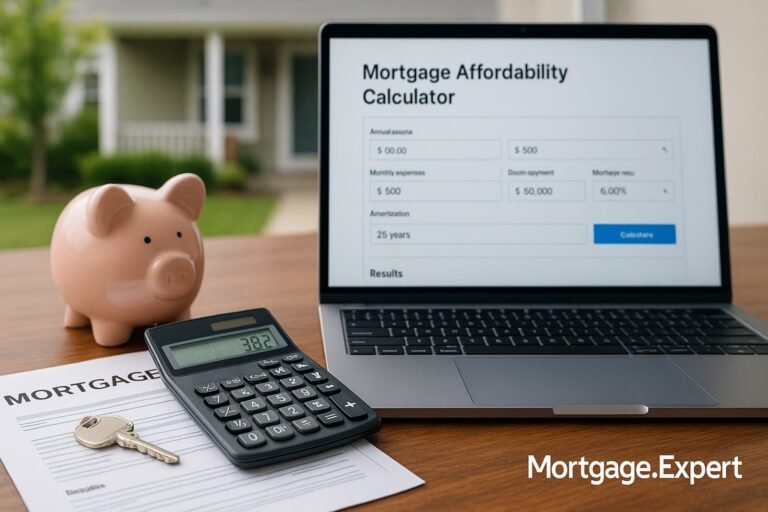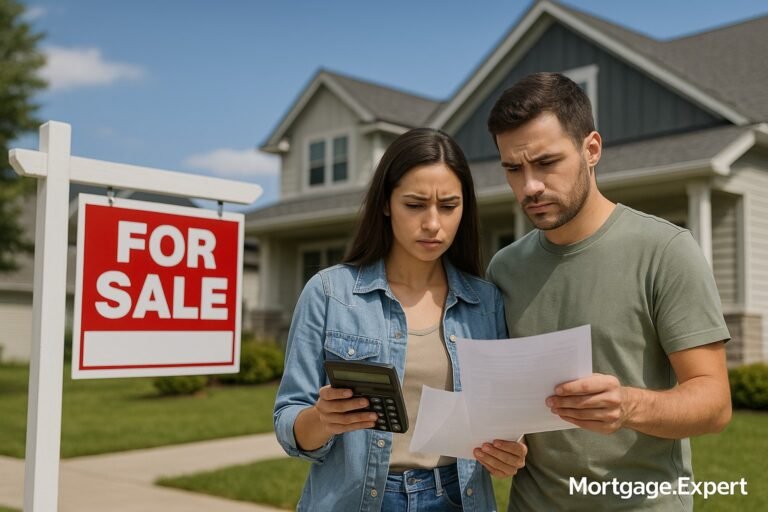
A Complete Guide to First-Time Homebuyer Grants in Canada
Buying your first home is one of life’s biggest financial milestones—but let’s be honest, it can also be one of the most intimidating (scary). From hunting for the right property to juggling legal paperwork and saving for your down payment, the process can feel like a whirlwind.
Thankfully, the Canadian government offers several grants and incentive programs to ease that burden, especially for first-time homebuyers. These programs can save you thousands of dollars and even help you afford a better home than you imagined. Let’s break them down in a way that’s easy to understand and apply.
What Are First-Time Homebuyer Grants? These are federal or provincial financial assistance programs meant to make homeownership more accessible to Canadians buying a home for the first time. They usually offer cash rebates, tax credits, or exemptions from certain fees (like land transfer taxes).
1. First-Time Home Buyers’ Tax Credit (HBTC) Let’s say you just bought your first condo in Ottawa. Come tax season, the First-Time Home Buyers’ Tax Credit lets you claim up to $10,000 on your federal tax return, which translates to a $1,500 rebate. This helps offset closing costs like legal fees and home inspections.
To qualify:
- You (or your spouse/common-law partner) must be buying a home for the first time.
- You have not lived in a home you or your spouse owned in the past four years.
- You must intend to occupy the home within one year of purchase.
2. Land Transfer Tax Refund (LTTR) When you buy property in Canada, you typically pay a land transfer tax (LTT). But if you’re a first-time buyer in Ontario, British Columbia, Prince Edward Island, or Toronto, you might be eligible for a full or partial refund.
Here’s a comparison of what’s offered:
📊 Placeholder for comparison table
| Region | Max Refund | Home Price Limit |
|---|---|---|
| Ontario | $4,000 | $368,000 |
| Toronto (MLTT) | $4,475 | $400,000 |
| British Columbia | $8,000 | $500,000 |
| Prince Edward Island | $2,000 | $200,000 |
Key eligibility factors include:
- Being at least 18 and a Canadian citizen or permanent resident.
- Never having owned a home anywhere in the world.
- Living in the home as your principal residence within a set timeframe (usually 9 months).
⚠️ Important: Some provinces like BC offer partial exemptions for slightly higher home values. Always check current provincial thresholds.
3. RRSP Home Buyers’ Plan (HBP) This is a big one. The Home Buyers’ Plan lets you withdraw up to $60,000 from your RRSP (or $120,000 as a couple) tax-free to help buy or build your first home.
The catch? You’ll need to pay it back within 15 years, starting the second year after withdrawal. Think of it as an interest-free loan to yourself.
Eligibility checklist:
- You must be a Canadian resident.
- You haven’t owned a home in the last 4 years (exceptions apply if you’re helping a disabled relative).
- You must sign a written agreement to buy or build a qualifying home.
📋 Loan Repayment Example Table
See how your monthly payment can vary based on the loan amount, interest rate, and repayment term.
| Loan Amount | Interest Rate | Term | Monthly Payment | Total Repayment |
|---|---|---|---|---|
| $100,000 | 5.00% | 25 years | $581 | $174,300 |
| $200,000 | 4.75% | 20 years | $1,290 | $309,600 |
| $300,000 | 5.25% | 30 years | $1,656 | $596,160 |
| $400,000 | 5.00% | 25 years | $2,323 | $696,900 |
*This table is for illustration purposes only. Your actual rates and payments may vary depending on your credit profile and lender terms.
4. GST/HST New Housing Rebate (NHR) If you’re buying a brand-new home or building one, this rebate can give you back a portion of the federal GST or HST you paid on the purchase.
For example, in Ontario:
- You can claim up to $24,000 back for builder-purchased homes.
- If you built the home yourself and paid HST on the land, you may qualify for up to $24,000.
- Without HST on the land, the rebate maxes out at $16,080.
Filing deadline: Within 2 years of your closing date.
📌 New Housing Rebate Eligibility Flowchart
Not sure if you qualify for the GST/HST New Housing Rebate? Follow this simple flow:
(Directly from a builder or self-built)
You or an immediate family member must live in the home.
Partial rebate may apply if between $350,000 and $450,000.
Submit the form within 2 years of the sale closing or construction completion.
Rebate is calculated based on portion of tax paid and home value.
*For full eligibility details, consult CRA guidelines or your real estate lawyer.
5. Home Adaptations for Seniors’ Independence (HASI) This one’s very specific but important. If you or a family member is 55+ and needs home modifications to live safely, this CMHC program can help—especially if you live on-reserve.
Highlights:
- Up to $20,000 in forgivable loans.
- Can be increased by 25% for homes in northern/remote areas.
- Must be used for permanent changes like grab bars, walk-in showers, or lever door handles.
Who qualifies?
- First Nations or First Nations members living on-reserve.
- Household income must be below community thresholds.
- Applicant must live in the home and face age-related difficulties with daily activities.
🏡 Senior-Friendly Home Adaptations Checklist
Thinking of making your home safer for aging family members? Here’s a quick checklist to guide essential upgrades:
- ✅ Grab Bars in bathrooms and near stairways
- ✅ Lever-Style Door Handles instead of round knobs
- ✅ Non-Slip Flooring throughout the house
- ✅ Step-Free Entry or low-threshold ramps
- ✅ Walk-In Bathtub or Curbless Shower
- ✅ Improved Lighting in hallways and bathrooms
- ✅ Wider Doorways for wheelchair or walker access
- ✅ Raised Electrical Outlets to avoid bending
- ✅ Stairlift or Elevator for multi-level homes
- ✅ Smart Alerts & Emergency Devices for safety monitoring
*Tip: Some of these upgrades may be eligible for CMHC grants or provincial renovation rebates.
FAQs: Quick Answers for Curious Buyers
Can I combine more than one grant or program?
Yes! Many buyers combine the RRSP HBP, HBTC, and LTTR rebates to reduce out-of-pocket costs.
Do I have to repay these grants?
Most grants, like HBTC or LTTR, do not need to be repaid. But the HBP must be repaid to your RRSP over 15 years.
What if I’m not a first-time buyer anymore?
You may still qualify under certain exceptions, especially if you haven’t owned property in the past four years or if you’re helping a disabled relative.
Final Thoughts: Take Every Dollar You Can Get There’s no sugar-coating it—buying your first home in Canada is expensive. But the good news is that these programs can significantly reduce your costs if you’re proactive. Even a few thousand dollars in rebates can be the difference between affording that dream home—or compromising on what you really want.
So do your homework, gather your documents, and apply for every dollar you’re eligible for. That first home might be closer than you think.
🎁 Find Out Which Grants You Qualify For
From federal rebates to provincial incentives, there are thousands of dollars available to help you buy your first home in Canada. Let us match you with the right programs and walk you through the next steps — at no cost.
🏡 Get a Free Grant Eligibility CheckStuck with a Mortgage Decision?
Don’t stress — our team is here to help. Reach out for free, no-obligation guidance.
Contact the Experts



